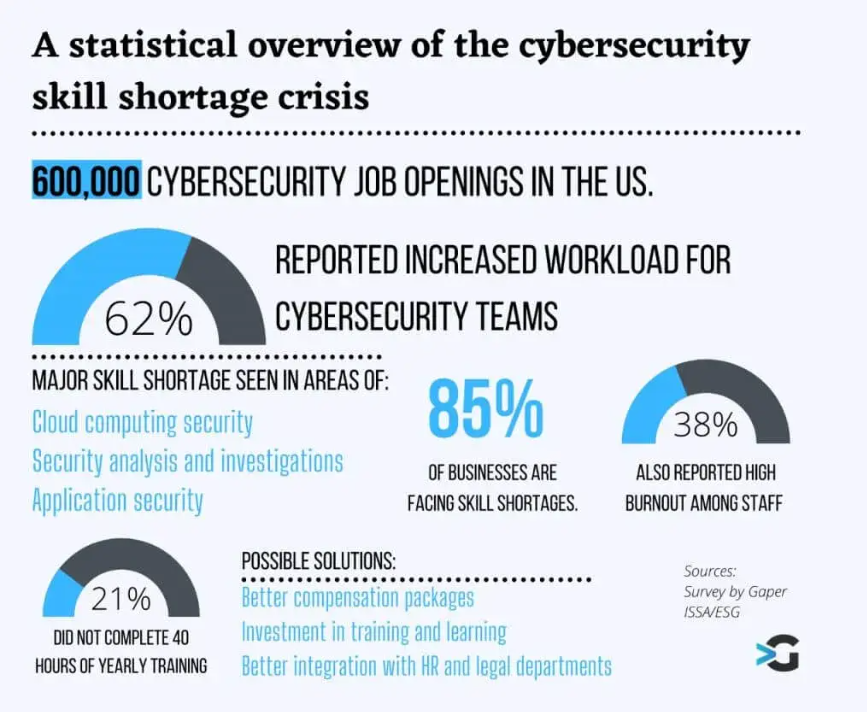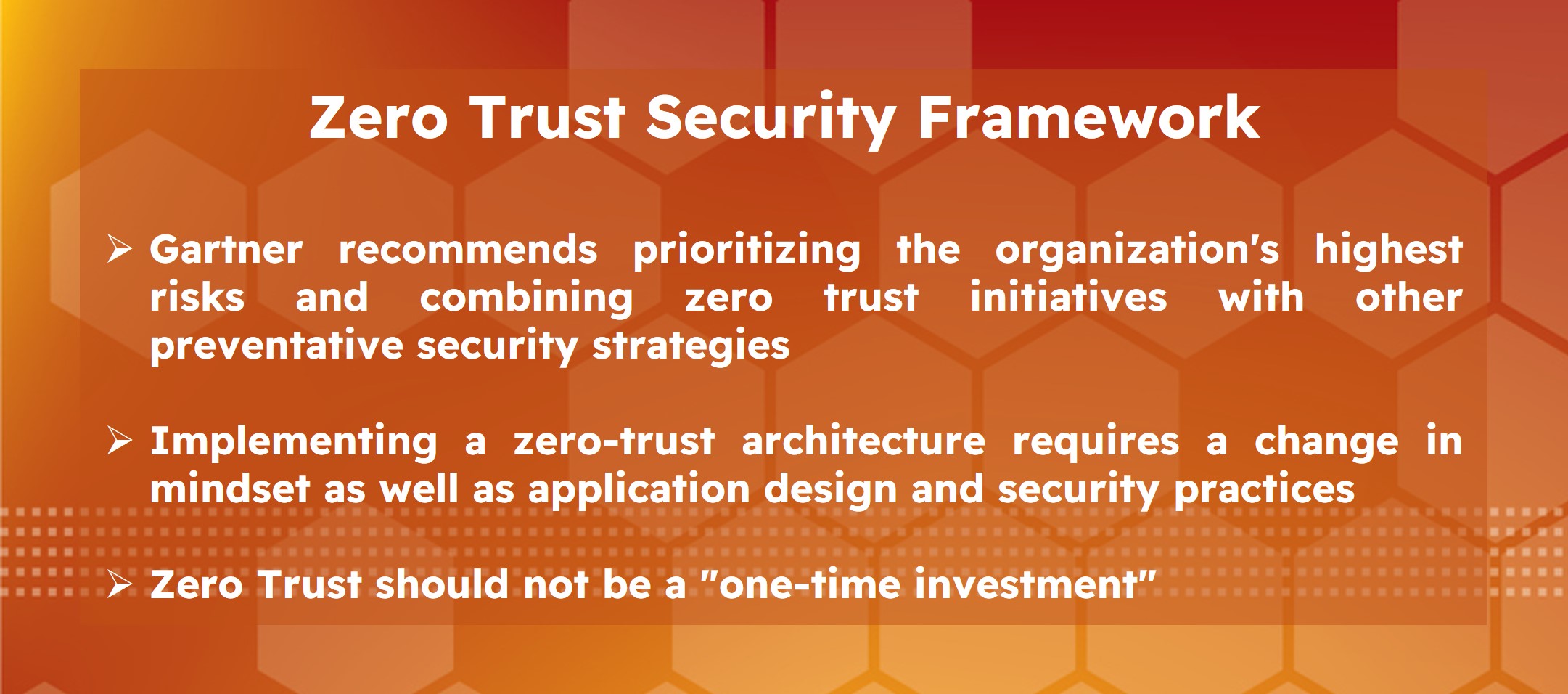Cybersecurity trends and challenges in 2024: the top game changers

As we usher in a new year, the cyber security landscape continues to evolve at an unprecedented pace, presenting both opportunities and challenges for organizations worldwide. Reflecting on the lessons learned in 2023 and anticipating the emerging threats of 2024, it becomes evident that only a proactive and adaptive approach can adequately secure digital assets against the ever-growing sophistication of cyber attacks.
2023 was marked by a series of high-profile cyber incidents that underscored the increasing threats to organizations. Threat number one, ransomware attacks, reached new levels of sophistication, scale and financial impact, targeting critical infrastructure, healthcare systems, and major corporations. AI-powered phishing emails now look deceptively real. The trend towards highly efficient and unrecognizable ransomware and phishing will undoubtedly continue to dominate in 2024. The need to continually upgrade and future-proof security measures at all departments and levels of the company, from employees to managers, is becoming urgent.
The cyber security experts from the IT companies GBS and DIGITALL drew on their experience and market knowledge in the following analyses and forecasts on the trends and challenges of cyber security in 2024.
Anticipating Cyber Security Trends and Challenges in 2024
1. The Role of Artificial Intelligence in Cyber Attacks and Defense
The challenges posed by Artificial Intelligence (AI) in 2023 are expected to persist and intensify in 2024, particularly by acting as a double-edged sword in the realm of cyber security. On one hand, AI aids in augmenting understaffed security teams, providing automated threat detection and response capabilities. However, the accuracy of pre-trained chatbots poses a challenge, as they may struggle to handle the diverse range of incident recovery measures effectively. Relying solely on AI for incident recovery can be risky, as it lacks the nuanced decision-making abilities of experienced security analysts.
The dark side of AI manifests in AI-driven cyber attacks. Notably, the emergence of WormGPT has raised concerns, particularly its ability to craft persuasive Business Email Compromise (BEC) emails. The expectation is that such AI-driven attacks will continue to evolve and become more sophisticated. Organizations must remain vigilant, adopting a comprehensive security strategy that integrates AI as a force multiplier, rather than relying on it as a standalone solution.
2. Shortage of IT and Cyber Security Professionals
The shortage of skilled IT and cyber security professionals worldwide is expected to continue causing bottlenecks in the industry in the years to come. The declining demographic trend combined with the high turnover rate of IT specialists in the European Union of over 20% calls for long-term solutions that go beyond traditional recruitment efforts.
Automation of organizations, particularly through AI, is crucial for streamlining processes and alleviating the burden on existing security teams. Cloud technologies offer a partial relief by facilitating automation and integrating built-in security. Yet, a truly comprehensive strategy involves making cybersecurity positions more attractive and adopting a “hire for attitude, train for skills” approach, i.e. providing training to less qualified professionals and retaining older experts to train inexperienced ones. Leveraging third-party services (SaaS or managed services (such as MEDR)) to supplement internal resources is a valid option for many organizations that require reliable security but cannot afford to invest in an in-house security team.
3. Zero Trust Security Framework in Times of Cloud Transformation
The accelerated adoption of cloud services has transformed the traditional IT landscape, offering scalability and customization. However, the cloud is not spared from becoming an attack vector – in the last five years, IBM has reported a 150% increase in cloud security vulnerabilities.
With remote working, unprotected private endpoints and distributed corporate networks, the traditional perimeter security model that distinguishes between external and internal traffic has become obsolete. Enterprises must embrace new security paradigms, such as the Zero Trust Security Framework, which assumes no trust by default and requires verification from everyone, regardless of their location. Despite its effectiveness, many organizations are lagging in implementing Zero Trust policies, leaving them vulnerable to evolving cyber threats.
4. Attacks on Third-Party Software
The industrialization of cybercrime has led to specialized and highly efficient attacks, “A chain is as strong as its weakest link” is the guiding principle for supply chain attacks, which have become a preferred method of infiltrating a target with tight security through its partners. Less mature third-party security, unpatched technologies, whitelisting and GDPR violations as well as the handling of data outside the EU should be regarded as significant risks.
To mitigate these risks, ensuring closer and open communication, developing standards and defining security guidelines for collaboration with third parties are essential. Forthright communication and documentation ensure transparency among suppliers, not least by admitting security incidents without apportioning blame. Recommendations to prevent supply chain attacks include actions at all levels, such as self-signed certificates, the use of SoC to help identify problems earlier, self-assessment of suppliers, requesting pentests or security assessments, etc.
5. Legal Requirements Are Tightening: NIS2 and Beyond
Building upon its predecessor, the Network and Information Systems Directive 2 (NIS2) introduces more stringent requirements for organizations in terms of security measures, compliance, and incident reporting. EU member states must implement and publish the legal provisions required to comply with the NIS2 Directive by October 17, 2024.
Companies must proactively assess the impact of NIS2 on their operations and fortify their security mechanisms to comply. The best option to ensure a comprehensive approach to compliance with both safety and labor laws is to engage consulting firms to conduct safety infrastructure analyses.
The tightening legal landscape emphasizes the critical need for organizations to strengthen their security postures and embrace a proactive stance in the face of ever-changing regulations. As technology and requirements become more complex, the lack of a comprehensive and constantly evolving security strategy puts the organization in a dangerous and costly game of “catch up” rather than “keeping ahead”.
These trends and challenges are presented by cyber security experts of the IT companies GBS and DIGITALL in the webinar “Cybersicherheit: Trends und Herausforderungen für 2024”.





